Free Airport Crash Fire Tenders and Rescue Crew course (6months)
Airport Crash Fire Tenders and Rescue Crew:
Brief Job Description of Airport Crash Fire Tenders and Rescue Crew: To attend to any emergency situation occurring at the airport or in the immediate vicinity involving aircraft accident/incident, damage to public property etc. The objective is to provide fire fighting, rescue operation and first aid services to save lives.
Personal Attributes: An airport fire tender and rescue crew attributes would include good communication skills , physical endurance and responsibility.

Safety and security procedures:-
Comprehending the safety and security procedures
PC1. comply with the organisation’s safety and security policies and procedures
PC2. comply with the regulatory guidelines on safe conduct of operations and maintenance of conditions to thwart any acts of unlawful interference
PC3. report any identified breaches of safety, and security policies and procedures to the designated person
PC4. coordinate with other resources at the workplace (within and outside the organization) to achieve safe and secure environment
PC5. identify and mitigate any safety and security hazards like illness, accidents, fires or acts of unlawful interference if it falls within the limits of individual’s authority
PC6. report any hazards outside the individual’s authority to the relevant person in line with organisational procedures and regulatory guidelines
PC7. follow organisation’s emergency procedures for accidents, fires or acts of unlawful interference
PC8. identify and recommend opportunities for improving health, safety, and security to the designated person
PC9. ensure all health and safety records are updated and procedures well defined.
Organizational Context:
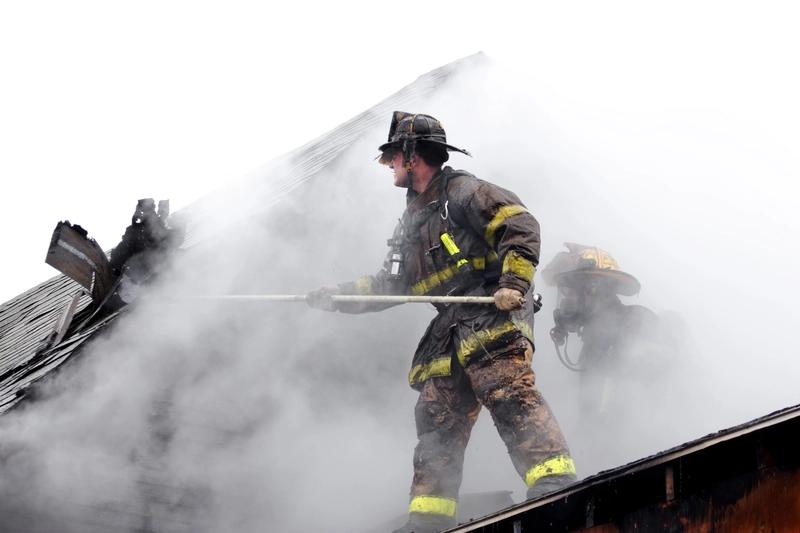
KA1. hazard identification and risk management as defined within the organizational policy and procedures
KA2. legislative requirements and organisation’s procedures for maintenance of safety and security standards and individual’s role and responsibilities in relation to this
KA3. how and when to report hazards
KA4. the limits of responsibility for dealing with hazards
KA5. the organisation’s emergency procedures for different emergency situations and the importance of following these
KA6. the importance of maintaining high standards of safety and security
KA7. implications that any non-compliance with safety and security may have on individuals and the organisation
Technical Knowledge
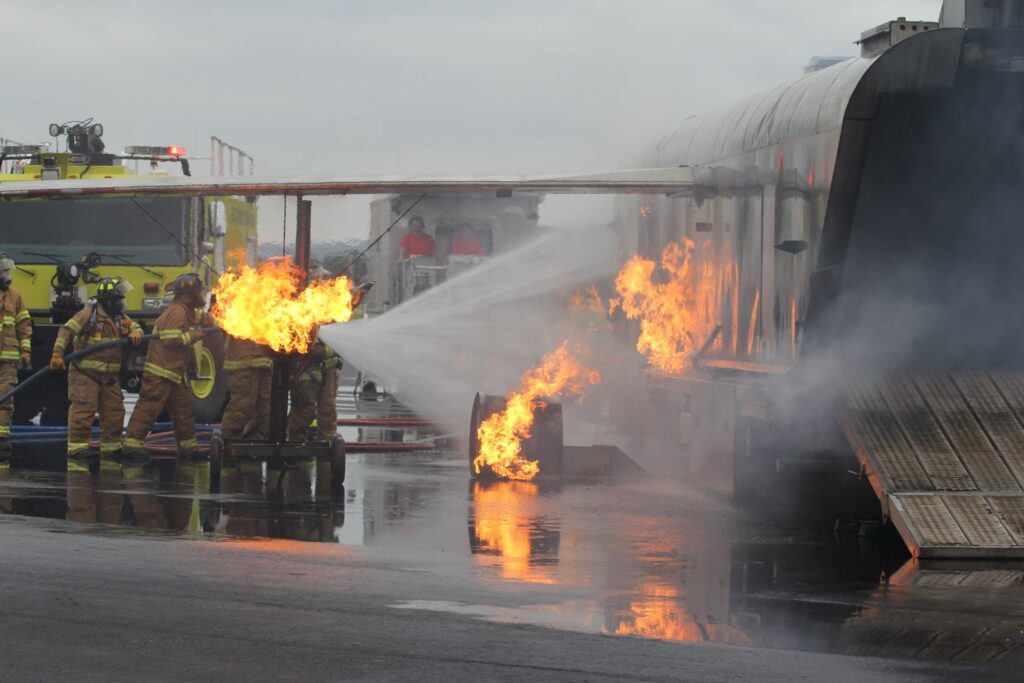
KB1. different types of breaches of safety and security and how and when to report these
KB2. evacuation procedures for workers and passengers
KB3. how to summon medical assistance and the emergency services, where necessary
KB4. how to use the health, safety and accident reporting procedures and the importance of these
KB5. regulatory guidelines on dealing with safety and security emergencies
Core Skills/ Generic Skills
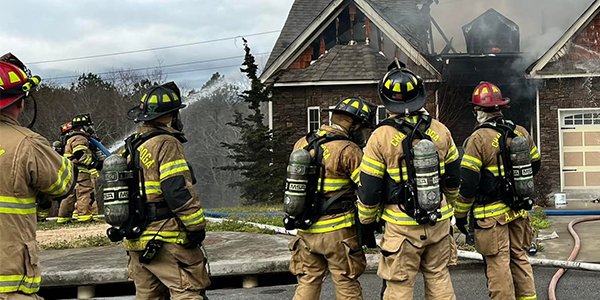
| Writing Skills |
| The user/ individual on the job needs to know and understand how to: SA1. accurately complete a well written report in English language detailing the situations of emergency with attention to detail |
| Reading Skills |
| The user/individual on the job needs to know and understand how to: SA2. read instructions, guidelines/procedures/rules |
| Oral Communication (Listening and Speaking skills) |
The user/individual on the job needs to know and understand how to: SA3. listen to and orally communicate information with all concerned.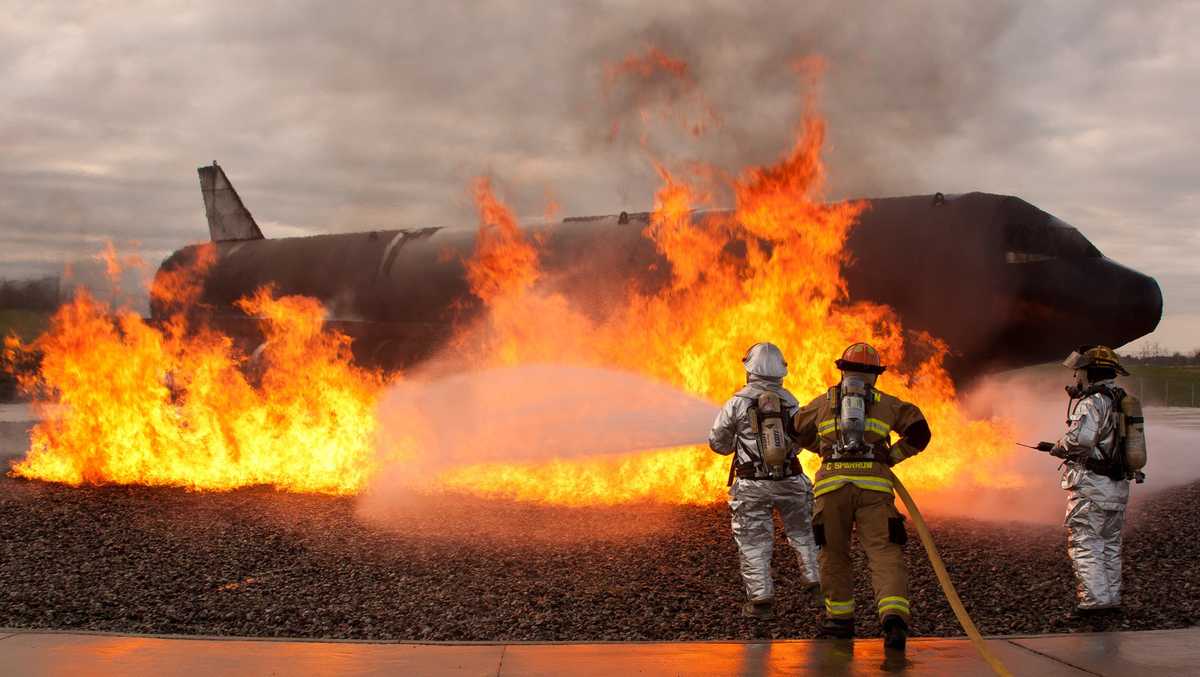 Professional Skills Decision Making The user/individual on the job needs to know and understand how to: SB1. make decisions on a suitable course of action or response if permitted by the authority matrix Plan and Organize The user/individual on the job needs to know and understand how to: SB2. monitor efficient functioning of all activities SB3. plan and organise work to achieve targets and deadlines Customer Centricity The user/individual on the job needs to know and understand how to: SB4. communicate with customers in a courteous manner SB5. maintain effective relationship with peers Problem Solving The user/individual on the job needs to know and understand how to: SB6. identify trends/common causes for errors and suggest possible solutions to the supervisor / management SB7. identify and correct errors Analytical Skills The user/individual on the job needs to know and understand how to: SB8. analyse best possible solutions (cost, time, effort, etc) suited for operations Critical Thinking Skills The user/individual on the job needs to know and understand how to: SB9. concentrate on task at hand and complete it without errors SB10. apply balanced judgments to different situations Provide emergency fire crash services Performance Criteria Render emergency services at the aerodrome PC1.interpret the aerodrome layout with details of various structures on the airport PC2. communicate with ATC effectively for diversion of air traffic and the status of aerodrome layout impacted due to fire/accident/incident PC3. dispatch the fire services to attend to emergencies fires on aircraft accident, incident or non-aircraft fires at an aerodrome in the shortest possible time PC4.perform fire-fighting and rescue operation in line with laid down procedures PC5. perform special duties for wash down fuel spillage, fire escort, hot work standby, fueling standby, hazardous cargo standby, etc. PC6. participate in drills, lectures, fire exercises and physical training. PC7. comply with the Fire and safety Procedures, directives and Instruction. PC8. render first aid services at the accident/incident scene till the arrival of regular medical services. PC9. maintain a state of alertness on 24 hours on standby for duty. Knowledge and Understanding Organizational Context KA1. hazard identification and risk management as defined within the organizational policy and procedures KA2. legislative requirements and organisation’s procedures for maintenance of safety and security standards and individual’s role and responsibilities in relation to this KA3. how and when to report hazards KA4. the limits of responsibility for dealing with hazards KA5. the organisation’s emergency procedures for different emergency situations and the importance of following these KA6. the importance of maintaining high standards of safety and security KA7. implications that any non-compliance with safety and security may have on individuals and the organisation Technical Knowledge KB1. different types of breaches of safety and security and how and when to report these KB2. evacuation procedures for workers and passengers KB3. how to summon medical assistance and the emergency services, where necessary KB4. how to use the health, safety and accident reporting procedures and the importance of these KB5. regulatory guidelines on dealing with safety and security emergencies Core Skills/ Generic Skills Writing Skills The user/ individual on the job needs to know and understand how to: SA1. complete accurate, well written report in English language detailing the situations of emergency with attention to detail Reading Skills The user/individual on the job needs to know and understand how to: SA2. read instructions, guidelines/procedures/rules Oral Communication (Listening and Speaking skills) The user/individual on the job needs to know and understand how to: SA3. listen to and orally communicate information with all concerned Professional Skills Decision Making The user/individual on the job needs to know and understand how to: SB1. make decisions on a suitable course of action or response if permitted by the authority matrix Plan and Organize The user/individual on the job needs to know and understand how to: SB2. monitor efficient functioning of all activities SB3. plan and organise work to achieve targets and deadlines Customer Centricity The user/individual on the job needs to know and understand how to: SB4. communicate with customers in a courteous manner SB5. maintain effective relationship with the customers Problem Solving The user/individual on the job needs to know and understand how to: SB6. identify trends/common causes for errors and suggest possible solutions to the supervisor / management SB7. identify and correct errors Analytical Skills The user/individual on the job needs to know and understand how to: SB8. analyse best possible solutions (cost, time, effort, etc) suited for operations Critical Thinking Skills The user/individual on the job needs to know and understand how to: SB9. concentrate on task at hand and complete it without errors SB10. apply balanced judgments to different situations 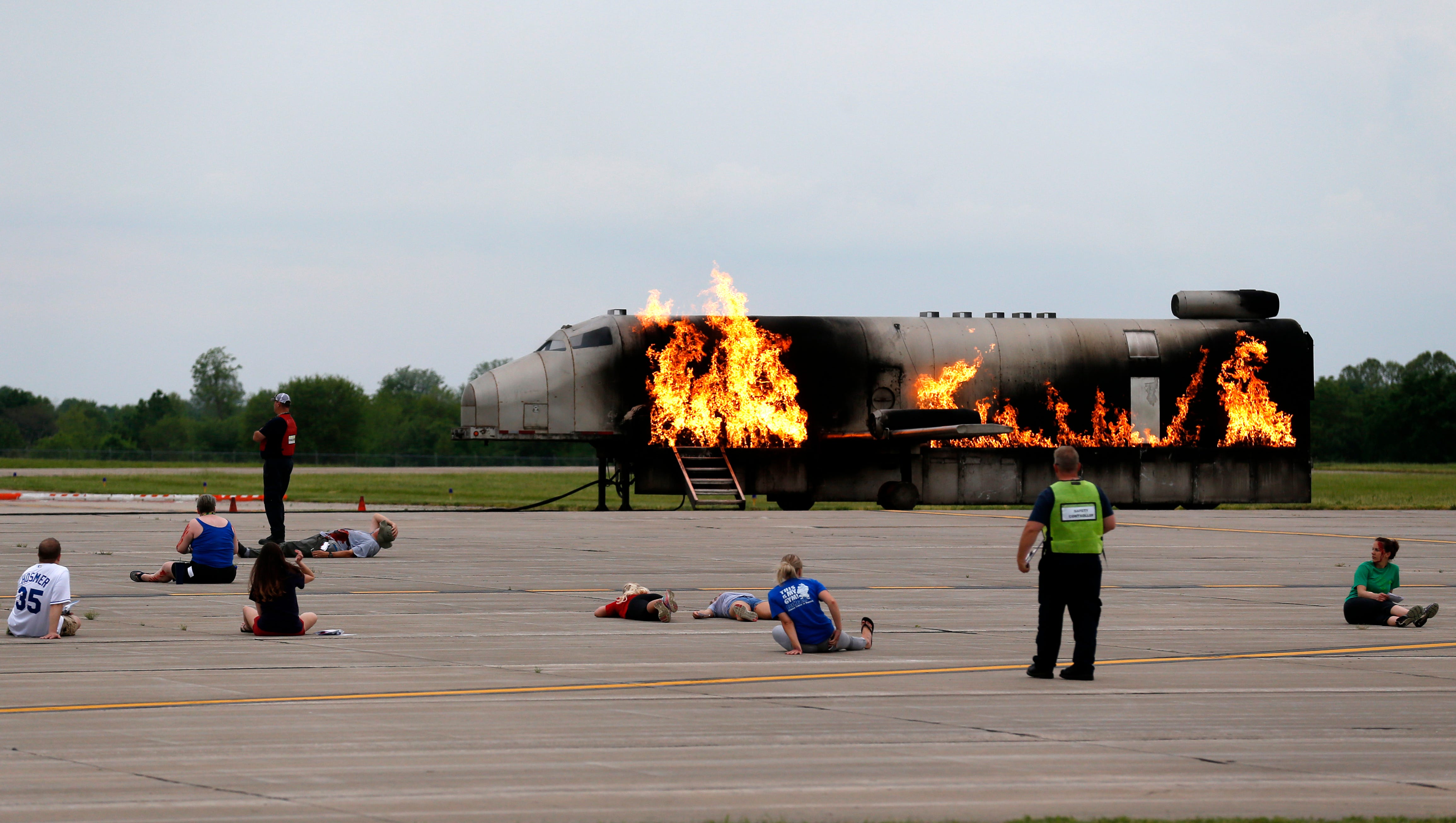 Work Effectively in a Team Performance Criteria Support the work team PC1. display courteous and helpful behaviour at all times. PC2. take opportunities to enhance the level of assistance offered to colleagues. PC3. meet all reasonable requests for assistance within acceptable workplace timeframes. PC4. complete allocated tasks as required. PC5. seek assistance when difficulties arise. PC6. use questioning techniques to clarify instructions or responsibilities. PC7. identify and display a non discriminatory attitude in all contacts with customers and other staff members. Maintain personal presentation PC8. observe appropriate dress c ode and presentation as required by the workplace, job role and level of customer contact. PC9. follow personal hygiene procedures according to organisational policy and relevant legislation. Develop effective work habits PC10. interpret, confirm and act on workplace information, instructions and procedures relevant to the particular task. PC11. interpret, confirm and act on legal requirements in regard to anti- discrimination, sexual harassment and bullying. PC12. ask questions to seek and clarify workplace information. PC13. plan and organise daily work routine within the scope of the job role. PC14. prioritise and complete tasks according to required timeframes. PC15. identify work and personal priorities and achieve a balance between competing priorities. Knowledge and Understanding Organisational Context KA1. The policies and procedures relating to the job role. KA2. The value system of the organisation. KA3. Employee rights and obligations. KA4. The reporting hierarchy and escalation matrix. Technical Knowledge KB1. ask questions to identify and confirm requirements. KB2. follow routine instructions through clear and direct communication. KB3. use language and concepts appropriate to cultural differences. KB4. use and interpret non-verbal communication. KB5. the scope of information or materials required within the parameters of the job role. KB6. consequences of poor team participation on job outcomes. KB7. work health and safety requirements. Core Skills/ Generic Skills Writing Skills, On the job the individual needs to be able to: SA1. complete documentation accurately. SA2. write simple reports when required. Reading Skills On the job the individual needs to be able to: SA3. read information accurately. SA4. read and interpret data sheets. Oral Communication (Listening and Speaking skills) The user/individual on the job needs to know and understand how to: SA5. listen to and orally communicate information with all concerned Professional Skills Decision Making On the job the individual needs to be able to: SB1. make appropriate decisions regarding the responsibilities of the job role. Plan and Organise The user/individual on the job needs to know and understand how to: SB2. monitor efficient functioning of all activities SB3. plan and organise work to achieve targets and deadlines Customer Centricity The user/individual on the job needs to know and understand how to: SB4. communicate with passengers and other stakeholders in a courteous manner SB5. maintain effective work relationship Problem Solving The user/individual on the job needs to know and understand how to: SB6. identify trends/common causes for errors and suggest possible solutions to the supervisor / management SB7. identify and correct errors Analytical Thinking The user/individual on the job needs to know and understand how to: SB8. analyse best possible solutions (cost, time, effort, etc.) suited for operations Critical Thinking The user/individual on the job needs to know and understand how to: SB9. concentrate on task at hand and complete it without errors SB10. apply balanced judgments to different situations 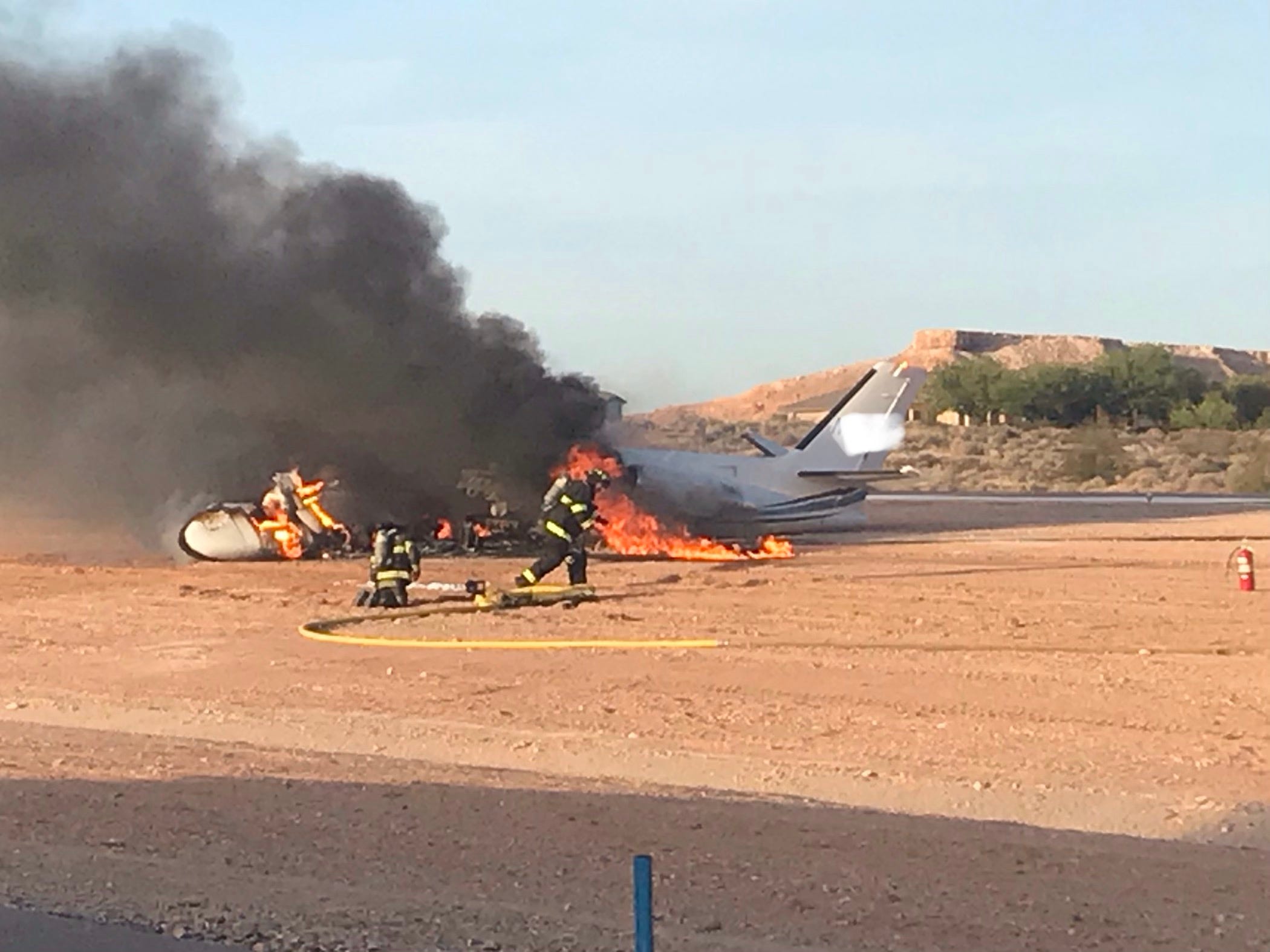 Model Curriculum Airport Crash Fire Tenders and Rescue Crew Follow safety and security procedures · comply with the organisation’s safety and security policies and procedures comply with the regulatory guidelines on safe conduct of operations and maintenance of conditions to thwart any acts of unlawful interference report any identified breaches of safety, and security policies and procedures to the designated person coordinate with other resources at the workplace (within and outside the organization) to achieve safe and secure environment identify and mitigate any safety and security hazards like illness, accidents, fires or acts of unlawful interference if it falls within the limits of individual’s authority report any hazards outside the individual’s authority to the relevant person in line with organisational procedures and regulatory guidelines follow organisation’s emergency procedures for accidents, fires or acts of unlawful interference identify and recommend opportunities for improving health, safety, and security to the designated person ensure all health and safety records are updated and procedures well defined Provide emergency fire crash services · interpret the aerodrome layout with details of various structures on the airport communicate with ATC effectively for diversion of air traffic and the status of aerodrome layout impacted due to fire/accident/incident dispatch the fire services to attend to emergencies fires on aircraft accident, incident or non-aircraft fires at an aerodrome in the shortest possible time perform fire-fighting and rescue operation in line with laid down procedures perform special duties for wash down fuel spillage, fire escort, hot work standby, fueling standby, hazardous cargo standby, etc · participate in drills, lectures, fire exercises and physical training comply with the Fire and safety Procedures, directives and Instruction render first aid services at the accident/incident scene till the arrival of regular medical services maintain a state of alertness on 24 hours on standby for duty Work Effectively in a Team · display courteous and helpful behaviour at all times take opportunities to enhance the level of assistance offered to colleagues meet all reasonable requests for assistance within acceptable workplace timeframes complete allocated tasks as required seek assistance when difficulties arise use questioning techniques to clarify instructions or responsibilities identify and display a non discriminatory attitude in all contacts with customers and other staff members observe appropriate dress code and presentation as required by the workplace, job role and level of customer contact follow personal hygiene procedures according to organisational policy and relevant legislation interpret, confirm and act on workplace information, instructions and procedures relevant to the particular task interpret, confirm and act on workplace information, instructions and procedures relevant to the particular task ask questions to seek and clarify workplace information plan and organise daily work routine within the scope of the job role prioritise and complete tasks according to required timeframes identify work and personal priorities and achieve a balance between competing priorities Guidelines for AssessmentCriteria for assessment for each Qualification Pack will be created by the Sector Skill Council. Each Performance Criteria (PC) will be assigned marks proportional to its importance in NOS. SSC will also lay down proportion of marks for Theory and Skills Practical for each PC The assessment for the theory part will be based on knowledge bank of questions created by the SSC Individual assessment agencies will create unique question papers for theory part for each candidate at each examination/training center (as per assessment criteria below Individual assessment agencies will create unique evaluations for skill practical for every student at each examination/training center based on this criteria To pass the Qualification Pack, every trainee should score a minimum of 70% in aggregate The marks are allocated PC wise, however, every NOS will carry a weightage in the total marks allocated to the specific QP |









